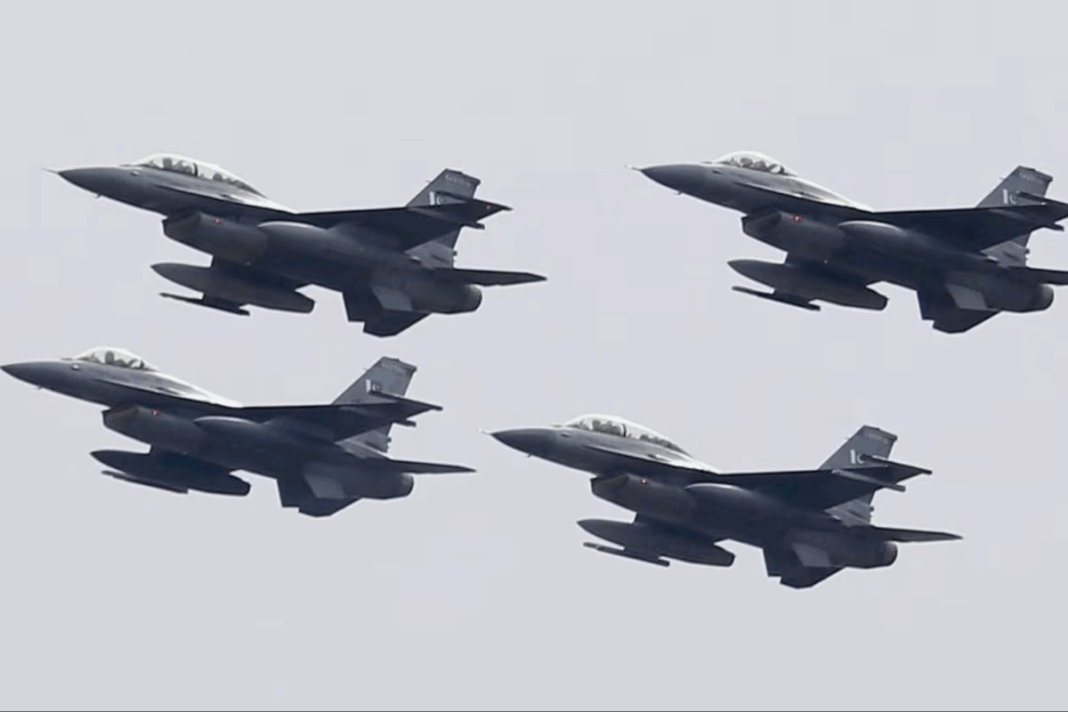During Op Sindoor, the Indian Air Force, through Air Chief Marshal Amar Preet Singh, officially confirmed that the IAF shot down five Pakistani fighter jets, which included one Airborne Early Warning and Control aircraft, using state-of-the-art S-400 surface-to-air missiles. It was also done by destroying F-16s and early warning aircraft on the ground, showing the technological and strategic improvements of Perry in India.
Decisive Success Using Advanced Missile Technology
The Chief of the Indian Air Force has formally signaled a significant success in Op Sindoor. He has indicated that the air force shot down five of those Pakistani fighter jets and another Airborne Early Warning and Control aircraft. This was also done with the state-of-the-art S-400 surface-to-air missile system by India, with its range and precision, which is deadly.
Impact on Enemy Surveillance and Air Command
The shooting down of the AEW&C aircraft plays a key role in surveillance and air coordination of the enemy, drastically affecting the capacity of Pakistan to regulate its air operations. This strike severely impaired their command and control, which created a major strategic advantage in favor of the IAF.
Ground Strikes Weaken Pakistan’s Air Power
In addition to the air strikes by missiles, the IAF Chief also verified the destruction of several F-16 fighter jets and early warning jets on the ground, during Op Sindoor. These precision strikes weakened the air infrastructure system of Pakistan and reduced its ability to conduct effective air attacks.
Strategic Importance of Op Sindoor
Op Sindoor focuses on the technological advantage and also the strategic preparedness of India in recent wars. The successful introduction of the S-400 missile system proves that India can strike a long distance over the enemy target and provide control of the airspace and strong protection of its airspace.


